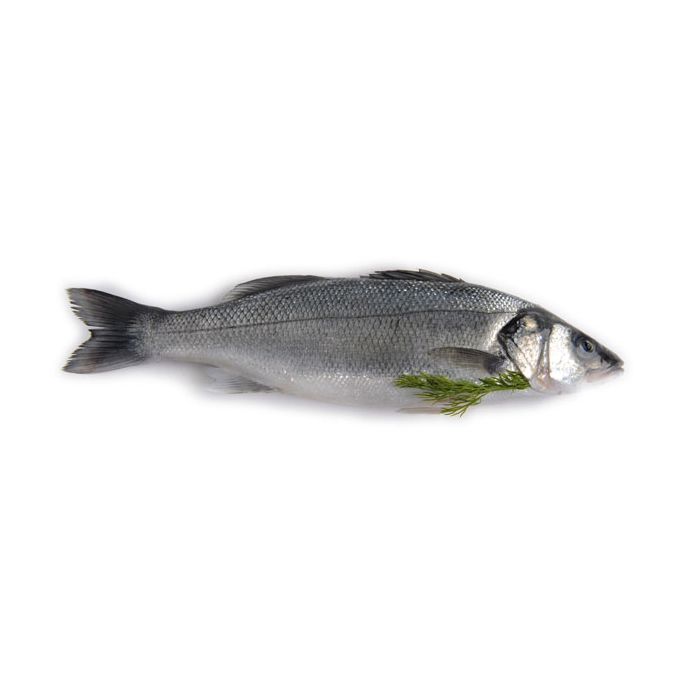

Common names for Sea bass
Blackfish, rock bass, black bass, bluefish, tallywag
Other languages for Sea bass
- French name: Fanfre noir
- Italian name: Perchia striata
- German name: Schwarzer, Sägebarsch
Introduction to Sea bass
Black sea bass is one of the most significant commercial bass species. It is a tiny, fat fish related to grouper. Between the ages of two and five, these bass begin their lives as males and mature into females. They are attractive fish that are well-suited for exhibition in live aquariums. Adult animals have an orderly pattern of white diamonds running down their dark sides, which are often smoky gray, dusky brown, or blue black in color. From Rhode Island to Florida, black sea bass are captured using trawl nets, longlines, hand lines, and fish traps. The highest grade fish are caught, followed by imprisoned fish. Although sea bass may reach a weight of about 8 pounds, the majority are taken between 1 1/2 and 3 pounds and transported live to ethnic markets across the United States and Canada. According to certain fish merchants, black sea bass retain their odor longer than other species. Numerous fish on the market have the name bass. Black sea bass is often mistaken with striped bass or tautog, all of which are sometimes referred to as blackfish.
Product profile for Sea bass
The flavor of black sea bass is light, fresh, and delicate, with a sensitive but solid texture. Uncooked flesh should be bright white and transparent rather than opaque. The firm, lean meat cooks to a brilliant white color. Handle entire fish with caution; a poke from the dorsal-fin spines can be quite painful. These fish are extremely resilient and hold up well when sold live. They also have a long fresh shelf life. It is usually only frozen when demand is low or the market is oversupplied.
Cooking tips for Sea bass
Due to its relatively simple bone structure, black sea bass is one of the finest little fish to bake or grill whole. It is commonly used in Chinese cookery. Serve with a ginger-and-soy-sauce dipping sauce. Chowders and soups may be made using the meat since it stays together well. Because the skin is so appealing, don’t be afraid to show it off when serving.
Nutrition facts for Sea bass
Calories: 97 Fat Calories: 18 Total Fat: 2.0 g Saturated Fat: 0.5 g Cholesterol: 41 mg Sodium: 68 mg Protein: 18.4 g Omega 3: 0.7 g
Primary product forms for Sea bass
Live Fresh (most common): Whole, Dressed (head-on), H&G, Fillets Frozen: Whole, Dressed (head-on), H&G, Fillets
Global supply for Sea bass
United States, Iran